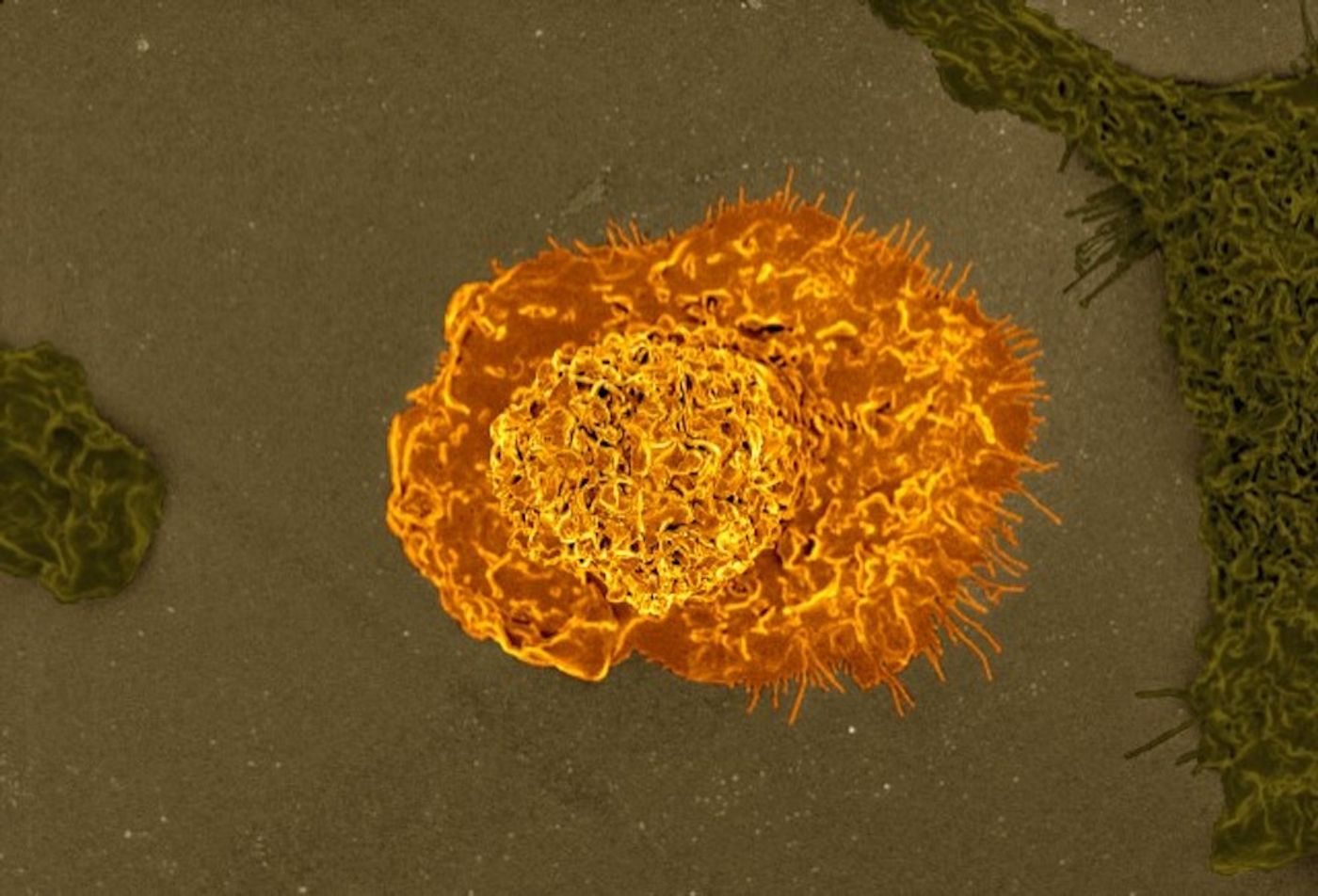A Protein Essential to the Fight Against Bacterial Invaders is Revealed
Scientists have shown that a protein called NLRP11 has an essential role in the immune system; it alerts the body that a bacterial infection is occurring, triggering an immune response that battles the bacterial invader. NLRP11 appears to identify bacteria that are taken up by immune cells called macrophages, by recognizing a part of the bacterial coat. These findings have provided new insights into our understanding of the immune response to bacterial infection, and have been reported in Science Immunology.
The NLRP11 protein is expressed by humans, but not mice, which are a common animal model for infection. In this study, the researchers overcame that gap by using a mouse model that expressed a so-called humanized immune system. Humanized mice have been grafted with human cells and tissues so they replicate human biological functions more accurately.
Macrophages are on the front lines of the immune system, and can directly ingest offenders that are found in the body, which activates other immune functions. The researchers focused on the macrophages expressed by their humanized mouse model, and used genetic screens to show that in order to become fully activated after they ingested a bacterial pathogen, macrophages had to express the NLRP11 gene. The NLRP11 protein allows macrophages to identify lipopolysaccharides that are part of the bacterial cell membrane, and which can be found inside of cells infected with bacteria.
When bacterial lipopolysaccharide molecules are detected, NLRP11 triggers a complex called the inflammasome, activating an inflammatory pathway to control the infection. An enzyme called Caspase4 is part of the inflammasome, and it is turned on by NLRP11. These actions should ultimately lead to the elimination of the bacterial infection.
NLRP11 has probably been overlooked because it is not found in mice, but it's clearly important to humans. "Our results demonstrate that NLRP11 is a previously missing link and a component of the human caspase 4 inflammasome activation pathway," said senior study author Marcia B. Goldberg, MD, an investigator at Massachusetts General Hospital and a professor at Harvard Medical School.
The researchers are continuing to investigate the action of NLRP11 in macrophages, and how immune mechanisms differ from mice that don't express NLRP11. "This may enable the development of mouse macrophages [or mice] that are more similar to human macrophages [or humans] for bacterial infection experiments," Goldberg explained.
Sources: Massachusetts General Hospital, Science Immunology









